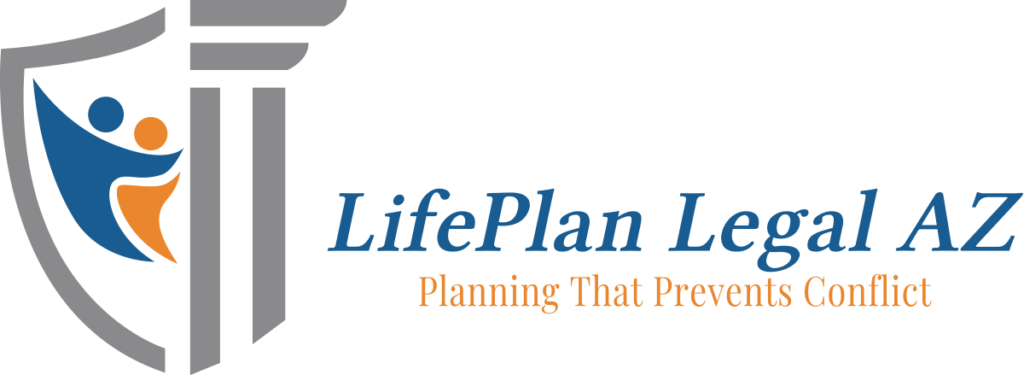AARP’s recent article entitled “8 Warning Signs of a ‘Silent’ Heart Attack That Are Easy to Overlook” explains that these so-called silent heart attacks account for about 20% of all heart attacks, according to the American Heart Association. Some experts estimate that number is even higher — closer to half.
A heart attack occurs when the arteries that carry blood to the heart become blocked, depriving the heart of oxygen and nutrients. If an individual having a heart attack feels pain or pressure, it is because of this blockage, says Eduardo Marban, M.D., executive director of the Smidt Heart Institute at Cedars-Sinai Medical Center in Los Angeles. Few people actually exhibit no symptoms. However, the signs of a heart attack can be muted or confused with other conditions. Here’s what to look out for:
- Shortness of breath
- Weakness or fatigue
- Mild pain in the throat or chest
- Nausea or vomiting
- Pain in the back or arms, like a sprained or pulled muscle
- Sweating
- Lightheadedness or dizziness; and
- A general feeling of unease or discomfort
The same thing occurs in a silent heart attack. Blocked arteries make it so that oxygen-rich blood can’t reach the heart. The only difference is the problem goes undetected. “It’s not necessarily that there were no symptoms; it may just be that the patient didn’t recognize them as heart symptoms and wasn’t concerned,” Marban says. For example, it’s not uncommon for silent heart attacks to be written off as indigestion, a sprained or strained muscle, fatigue, or “just feeling run-down,” Marban says.
One way to tell if the symptoms you’re experiencing are from a heart attack or another condition is to know that the warning signs of heart trouble are “not positional.” This means that the sprain-like pain in your arm won’t get better if you stretch. Shortness of breath or sweating also won’t subside if you take it easy and lie down.
The risks factors for silent heart attacks are the same as those for a heart attack with symptoms, and these are the most common:
- Diabetes
- Age (for men, 45 and older; for women, 55 and older)
- Excess weight
- Lack of exercise
- High blood pressure
- High cholesterol
- Prior heart attack
- Tobacco use; and
- A family history of heart disease.
Many people who have had a silent heart attack find out about it after the fact. The symptoms that arise afterward can also bring patients in to see a doctor.
“Once the diagnosis is made, either of a recognized heart attack or a silent heart attack, everything is put into a higher risk category in terms of the complications that can ensue,” Marban says. “So, it’s not something that we should just consider a curiosity and do nothing about. … Detecting a heart attack and acknowledging it is the first step towards putting the patient back on the kind of effective therapy that we know is helpful.”
To learn more about estate planning in the East Valley, Gilbert, Mesa and Queen Creek, schedule your free consultation with Attorney Jake Carlson by using one of the links above.
Reference: AARP (Aug. 4, 2021) “8 Warning Signs of a ‘Silent’ Heart Attack That Are Easy to Overlook”


